Esplanade, the beating heart of old Calcutta
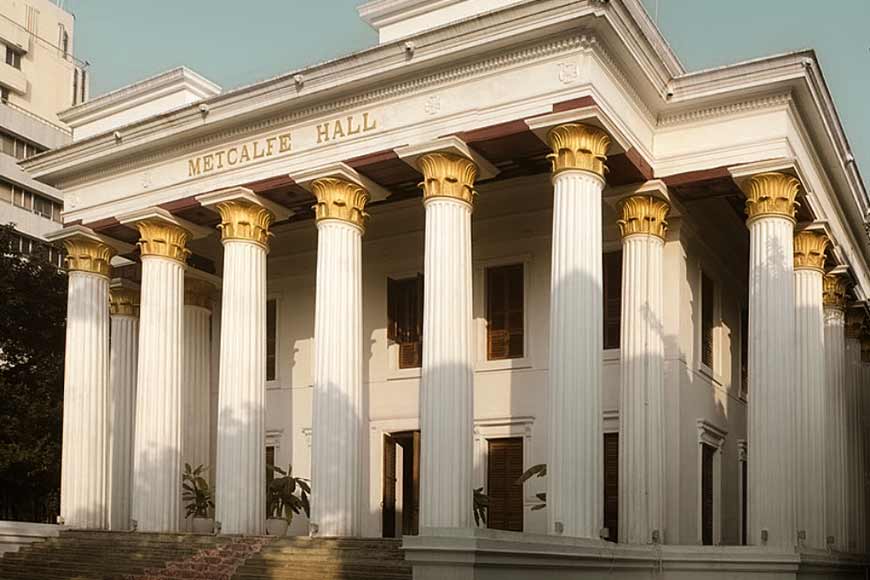
Metcalf Hall
With apologies for the hiatus between our last edition and this, we return to our walkabout of Kolkata’s oldest quarters. As promised last time, our walk this week will take us around the Esplanade area, and will be the last of our short walks. From next time, we will take in a little more of our city’s colonial past.
Then as now, Esplanade was among the foremost commercial hubs of the city. The conventional ‘esplanade’ is a long, open, level area, typically situated beside the sea, along which people may walk for pleasure. In that sense, Kolkata’s Esplanade doesn’t satisfy requirements, though it is close to the river Hooghly. However, there is an alternative meaning - an open, level space separating a fortress from a town - which is closer to the original function of ‘our’ Esplanade.
Following the British victory at the Battle of Plassey, the new Fort William began to be constructed on the Maidan in 1758. This wide open space was earlier a jungle, the northern portion of which was called Esplanade, stretching from ‘Dhurmotollah’ (Dharmatala) to Chandpal Ghat. During the tenure of Warren Hastings (Governor-General of Bengal, 1772–1785), the Esplanade became a favourite with ‘elegant walking parties’.
It also became a sporting arena of sorts, and the earliest documented football match in Kolkata was played on the Esplanade in April 1858, between the Calcutta Club of Civilians and the ‘Gentlemen of Barrakpur’. Walking around the area today, all of this will be almost impossible to imagine, but if you can exert your mind a little, you may be able to conjure up images of a wide open space dotted with magnificent buildings, many of which still stand tall.
Point A - Metcalf Hall
This hard-to-miss, beautiful heritage building is situated at the junction of Strand Road and Hare Street, and faces the river Hooghly on the west. Built between 1840 and 1844 to resemble an ancient Greek temple in accordance with the British imperial architecture of the time, its design was drawn up by city magistrate C.K. Robinson and the structure was named after Sir Charles T. Metcalf, acting Governor-General of India in 1835-36.
The building initially housed the Calcutta Public Library collection formed by Lord Metcalf himself, who transferred over 4,500 books and documents from the library of the College of Fort William. Interestingly, the first proprietor of Calcutta Public Library was Dwarkanath Tagore, since the library was a private enterprise in a public space. Today, the ground floor houses the Asiatic Society’s rare foreign journals and manuscripts section, while the first floor houses offices, exhibition galleries and a sales counter of the Archaeological Survey of India.
Point B - Eastern Railways Commercial Office
From Metcalf Hall, turn north along Strand Road and walk past old office buildings and warehouses. Soon enough, you will come upon the distinctive red-brick Eastern Railways Commercial Office offices, at the corner of Koilaghat Street. This road was earlier called Takshall (Bengali for cash house or treasury) Street, and became Koilaghat either from ‘killa’ or fort, derived from the old Fort William which used to stand where the GPO is today; or from ‘koyla’ or coal, because of the shipping berths which unloaded coal back then.
The commercial offices were constructed around 1882, and despite the seemingly century-old layers of dust and dirt, the elegance and beauty of the structure are hard to ignore. Indeed, it is an excellent example of late Renaissance architecture, and the chaos and decay surrounding it have failed to dim its splendour.
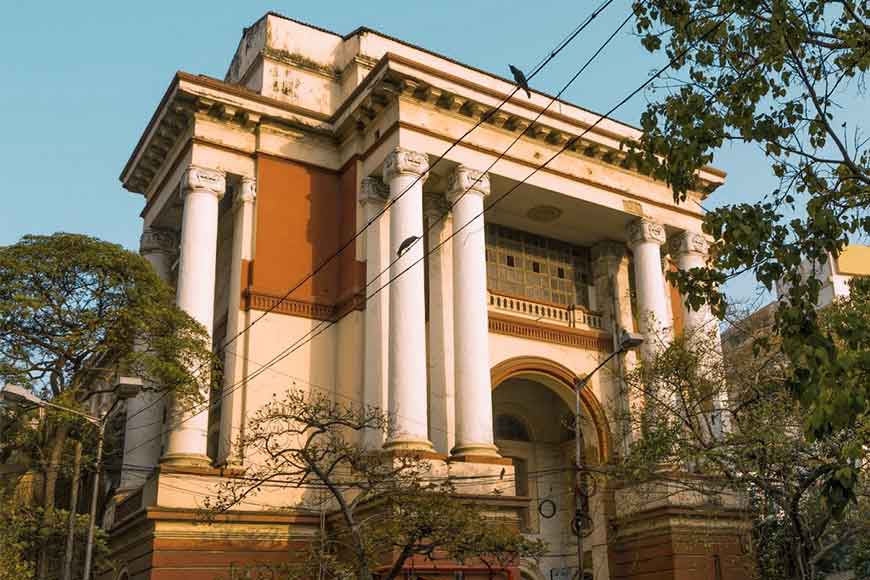 Bankshall Court
Bankshall Court
Point C - Bankshall Court
Walk along Koilaghat Street towards BBD Bag, passing the Philately Museum which we visited earlier. Cross the street at this point, and you are confronted by the Bankshall Small Causes Court, a building which originally housed a ‘bankshall’ or marine trading house more than a century ago, similar to the ‘takshall’ from which Koilaghat Street took its original name. Incidentally, the corner of Koilaghat Street near Bankshall Court roughly marks the spot where once stood the residence of the governor of the British East India Company, before Nawab Siraj-ud-Daulah mounted his attack on Calcutta in 1756. Very close by was St Anne’s Church - built in 1700 as the first church within the old Fort William - which was demolished during Siraj’s attack.
Also read : A little bit of BBD Bag, a whole lot of Calcutta
Today, Bankshall Court is the place where you will meet petty and not-so-petty criminals of every description being produced before some magistrate or the other. Thanks to the unchanged 19th-century architecture and the clusters of lawyers and other officials, the courthouse and its environs could well remind one of the oppressive description of the courts in Bleak House (1852), the iconic novel by Charles Dickens.
Right alongside Bankshall Court stands the Metropolitan Magistrates Court, in a building which came up in 1878. Opposite this is the head office of Shaw Wallace and Co., established in 1910.
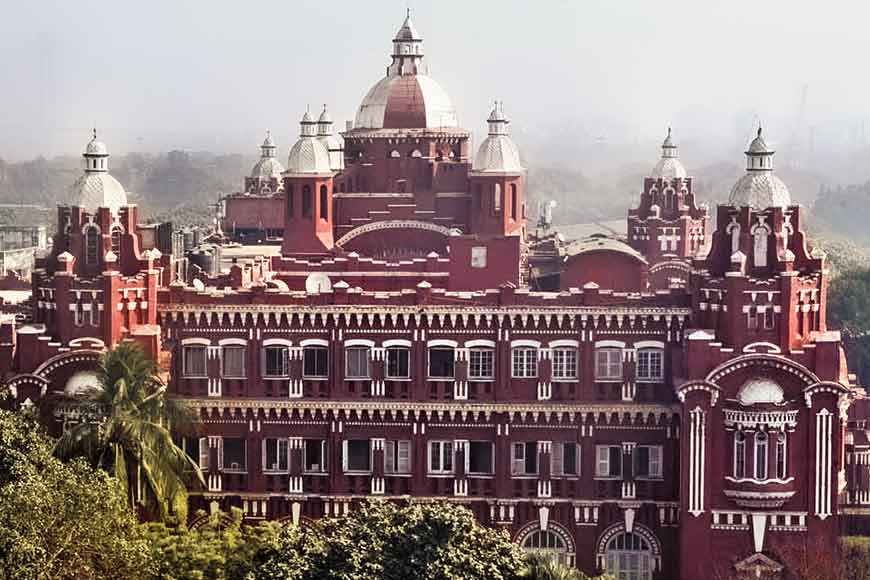 Easter railway HQ
Easter railway HQ
Point D - Eastern Railway Headquarters
At the corner of Fairlie Place as you walk northward past the GPO stands the elegant and large Eastern Railway Headquarters building. The eastern end of the structure houses a distinctive pavilion, said to have been designed by renowned architect Richard Roskell Bayne, who had entered the service of the East India Railway Company (later Eastern Railways) in 1866. The pavilion apparently reflects the ‘palazzo’ style made famous by Farnese Palace, one of the most important High Renaissance palaces in Rome.
The Eastern Railways HQ also boasts of graceful eaves and cornices, wide staircases, and expansive balconies and corridors, with Venetian shutters shading the lovely arched windows. However, entry into the building may only be gained by prior permission, unless you are on official business.
Old Corporate Offices along Netaji Subhas Road
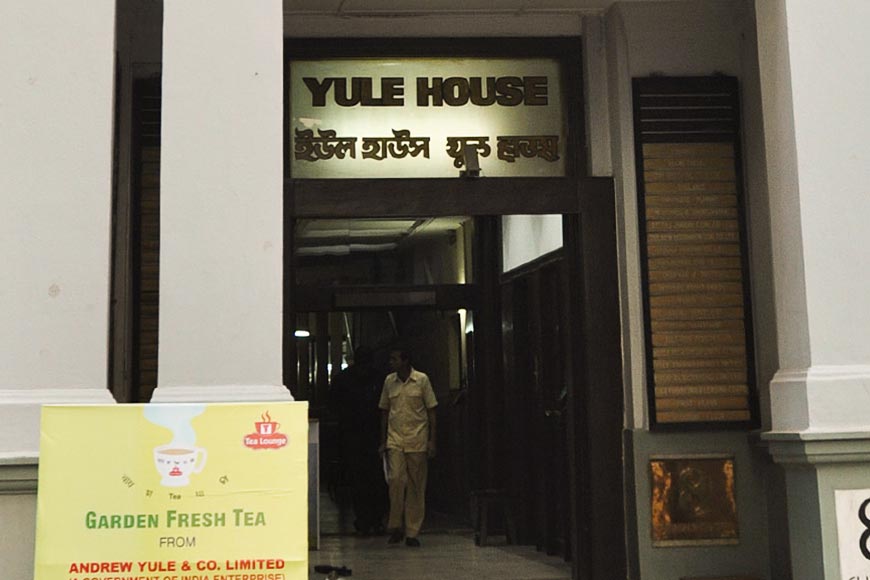 Andrew Yule House
Andrew Yule House
The rest of your walk will take in the numerous old commercial offices lining Netaji Subhas Road, one of the oldest thoroughfares in the city, which once connected the new Fort William to the Jorabagan area. Incidentally, Jorabagan is part of old Sutanuti, and Sutanuti Ghat is where Job Charnock landed in 1690. To return to our walk, the various corporate offices of the 19th and early 20th centuries still line either side of NS Road, notable among them the Chartered Bank, Andrew Yule, and the Bengal Chamber buildings.
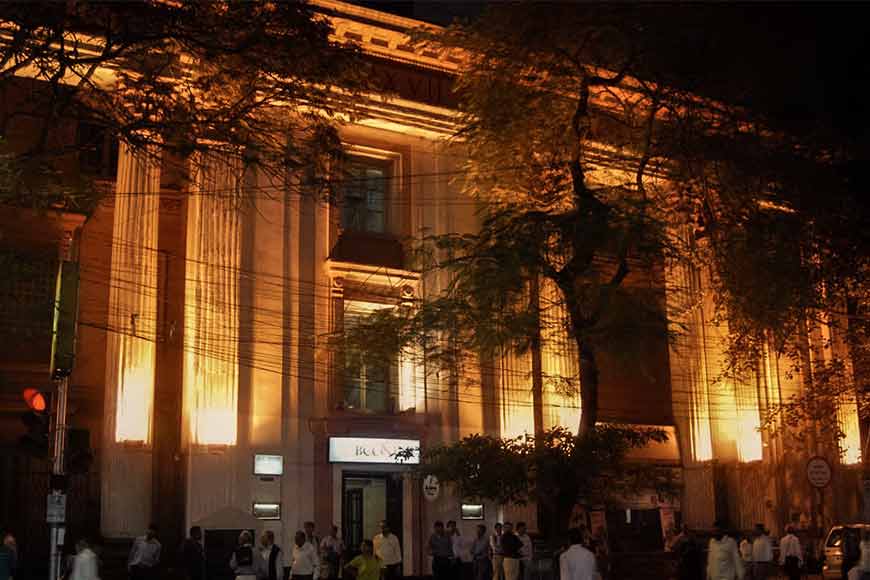 Bengal Chamber of Commerce
Bengal Chamber of Commerce
In particular, the Bengal Chamber Building is notable as the residence of Sir Philip Francis in the latter half of the 18th century, the man himself having gone down in history as the opponent who took on Warren Hastings in a famous duel. According to some modern chroniclers, this is the only building other than the British Deputy HIgh Commission to display the motto and shield of the British royal family.
Our next walk will begin from Old China Bazar Street. Until then, keep walking!











